#Kelleher Family Vineyard
Explore tagged Tumblr posts
Text











Brix Restaurant & Gardens, Yountville (No. 7)
Brix Restaurant and Gardens is located in Yountville just off Highway 29, making it the perfect stop in your Napa Valley getaway. Gardens and orchards provide ingredients for a new menu inspired by the culinary traditions of Northern California, accented by international technique.
Owned by the Kelleher family, the restaurant’s name reflects the measurement of sugar levels at which the grapes for the Kelleher Family Vineyard’s Cabernet Sauvignon are harvested. We invite you to dine with us and explore our beautiful gardens.
Source
#California toad#Brix Restaurant & Gardens#7377 St Helena Hwy#Napa Valley#Napa County#wine country#Bay Area#one of my favorite restaurants#I'll be back this summer#summer 2022#travel#original photography#vacation#tourist attraction#landmark#architecture#landscape#flowers#evening light#excellent food and wine#USA#Kelleher Family Vineyard#California#West Coast#flowering gardens#night shot
4 notes
·
View notes
Photo

All #cloudy an #ominous up in #napavalley #Vscocam #vsco #lifeofadventure #letsgosomewhere #travelstoke #go #gowest #travel #explore #goexplore #wanderlust #roadtrip #ontheroad #adventure #wine #winecountry #napa #california (at Kelleher Family Vineyard) https://www.instagram.com/p/COKFBYwhq3_/?igshid=1cuun46mr979h
#cloudy#ominous#napavalley#vscocam#vsco#lifeofadventure#letsgosomewhere#travelstoke#go#gowest#travel#explore#goexplore#wanderlust#roadtrip#ontheroad#adventure#wine#winecountry#napa#california
0 notes
Photo

The #storm #clouds are here (at Kelleher Family Vineyard) https://www.instagram.com/p/COGxRgwFQuR3ejx6kDcvW17lfOFkai5uoIKz7g0/?igshid=117xdu6573hyv
0 notes
Photo

Outdoor sunshine with a glass of wine in the bright blue sky #kelleherfamilyvineyard #napavalley #yountville #californiaadventure #winery #wine (at Kelleher Family Vineyard) https://www.instagram.com/p/CBzpGgNhT7H/?igshid=1p3e866dn9uqr
0 notes
Text










Brix Restaurant & Gardens, Yountville (No. 6)
Enjoy the best of Napa Valley Dining at Brix Restaurant and Gardens in Yountville, California. It opened on March 28, 1996 with a clear focus on providing a farm-to-table dining experience. More than two acres of gardens and orchards provide ingredients for a new menu inspired by the culinary traditions of Northern California, accented by international technique.
Brix gets its name from the measurement of sugar levels that grapes need to reach at harvest time.
The Setting
Brix’s sits on 16 prime Napa Valley acres. The the grounds are abundantly planted with vegetables and herbs in 25 raised beds. Fruit and citrus orchard line our extensive flowering gardens. Make sure and explore when you visit! The Kelleher Family, also, produces proudly produces wine in the Oakville AVA.
The Wine
Our wine list features the best that Napa Valley and California has to offer. Our list boosts hard-to-find bottles and features winery exclusive Napa offerings.
Source
#Brix Restaurant & Gardens#7377 St Helena Hwy#Napa Valley#Napa County#wine country#Bay Area#one of my favorite restaurants#I'll be back this summer#summer 2022#travel#original photography#vacation#tourist attraction#landmark#architecture#landscape#flowers#evening light#excellent food and wine#USA#Kelleher Family Vineyard#California#West Coast#flowering gardens#night shot
3 notes
·
View notes
Text










Brix Restaurant & Gardens, Yountville (No. 4)
Just a stone’s throw from the restaurant, diners find the crown jewels of the grounds at Brix: Our flower and vegetable gardens and our orchard. Comprised of raised boxed beds and in-ground beds, it grows crops year-round. Tiny salad greens, fava beans and strawberries in the spring; French beans, eggplant, tomatoes, berries and melons in the summer, apples and pears, hard squash, potatoes and fresh onions in the fall, and Meyer lemons and sweet limes, sweet peas, Brussels sprouts, cauliflower Romenesco and butter lettuce in the winter. It’s not unusual to see our chefs out in the garden, gathering bunches of fruits, vegetables and herbs for the day’s specials.
Source
#pear#melon#fruit#Brix Restaurant & Gardens#7377 St Helena Hwy#Napa Valley#Napa County#wine country#Bay Area#one of my favorite restaurants#I'll be back this summer#summer 2022#travel#original photography#vacation#tourist attraction#landmark#architecture#landscape#flowers#evening light#excellent food and wine#USA#Kelleher Family Vineyard#California#West Coast#flowering gardens#fountain
3 notes
·
View notes
Text


















International Cabernet Sauvignon Day
The world celebrates International Cabernet Sauvignon day every year on August 30. This holiday honors the fine quality and the deep berry flavor that have come to define Cabernet Sauvignon wines. This grapevine variety dates back to the 17th century, the offspring of a chance crossing between the Cabernet Franc and Sauvignon blanc. Cabernet Sauvignon is now one of the most renowned grape varieties, and synonymous with class and refined taste. Overall, Cabernet Sauvignon deserves more than just a day to celebrate its enduring legacy.
History of International Cabernet Sauvignon Day
Red wine is perhaps one of the oldest beverages known to man. It’s no wonder that Pliny The Elder, a Roman historian, coined the phrase ‘In Vino Veritas’ which translates to ‘In wine, there is truth.’ Up until the mid-90s, most people believed that Cabernet Sauvignon was the renowned ancient Roman wine. Although today we understand the history of this grapevine variety and how it was created, the allure and mystique of Cabernet Sauvignon wine has not diminished.
In the 17th century, an accidental crossing of Cabernet Franc and Sauvignon blanc gave the world its first taste of what would later become a staple for wine lovers and winemakers alike. Then, in the 1800s, Cabernet Sauvignon saw its first rise in popularity, particularly in France. Winemakers were consistently looking for grapevine varieties that were resistant to weather changes and easy to grow. The rich and dark fruit flavor that characterized most Cabernet Sauvignon wines became highly sought after by wine enthusiasts, and the grape quickly rose to the status of noble grape.
The Bordeaux wine region became the hub of Cabernet Sauvignon production. Nowadays, this variety is produced by most wine-producing regions. Today, France, Italy, the U.S., and many Latin American countries are among the top producers of Cabernet Sauvignon. In 2009, marketing guru, and Cabernet Sauvignon aficionado, Rick Bakas organized the first International Cabernet Sauvignon day. The purpose of the celebration is to bring together the community of Cabernet aficionados and winemakers. Several countries, including Mexico, Canada, and South Africa, began observing this day shortly after.
International Cabernet Sauvignon Day timeline
17th Century First Cabernet Sauvignon Is Created
An accidental crossing of two grapevine varieties creates the first Cabernet Sauvignon.
1820s Rising Popularity
Cabernet Sauvignon becomes a grapevine of choice by producers in Europe.
1880s Oldest Cabernet Sauvignon Planting
Penfold’s establishes Kalimna Block 42 in South Australia, the oldest Cabernet Sauvignon planting to date.
2009 First Cabernet Sauvignon Day
Rick Bakas organizes the first International Cabernet Sauvignon Day in the U.S.
International Cabernet Sauvignon Day FAQs
What is special about Cabernet Sauvignon?
Cabernet Sauvignon is considered one of the noble grape varieties, grown internationally and preferred by consumers. It is also easy to grow and resistant which makes it relied upon by many producers.
Why is it Called Cabernet Sauvignon?
The Cabernet Sauvignon grapevine is the offspring of Cabernet Franc and Sauvignon blanc. Sauvignon is believed to be derived from the French word ‘Sauvage,’ meaning ‘wild.’ Cabernet Sauvignon would translate as Wild Cabernet.
What does Cabernet Sauvignon taste like?
Cabernet Sauvignon has several sub-varieties and has been crossed with other grapevines, giving several distinctive tastes. Generally, Cabernet Sauvignon wines have dark fruit undertones of black cherry, and sometimes green bell pepper. Cabernet Sauvignon wines can also have a wood and vanilla aroma, as it is aged in oak barrels.
International Cabernet Sauvignon Day Activities
Invest in a quality vintage
Read about the history
Go to cabernet sauvignon tasting or wine country
Although Cabernet Sauvignon wines are generally associated with fancy restaurants and expensive wine retreats, they are not always as expensive. Grab a bottle of a budget-friendly Cabernet Sauvignon blend and enjoy good company on this holiday.
The history of Cabernet Sauvignon is essentially that of modern wine culture. This variety is not the oldest in the world but is an essential one. Reading about its history can be a fruitful and engaging experience for wine lovers.
Cabernet Sauvignon is one of the most popular grapevine varieties among wine lovers and producers alike. So, it wouldn’t be difficult to find a wine estate or tasting dedicated to Cabernet Sauvignon vines.
5 Interesting Facts About Cabernet Sauvignon
Most widely planted grape vine
France is the top producer
Cabernet Sauvignon is a relative of Merlot
Its origins were discovered in 1996
Higher levels of aroma compounds
Cabernet Sauvignon is the most widely planted grapevine in the world, surpassing the Spanish variety Airén in 2014.
France has always been a center of wine production and is the largest producer of Cabernet Sauvignon with over 55,000 hectares.
It is often blended with Merlot, and most people can hardly tell the difference between the two.
A group of scientists at U.C. Davis used D.N.A. typing for the first time to study the parentage of Cabernet Sauvignon, which had previously been obscure
Cabernet Sauvignon is noted for higher levels of pyrazine, an aroma compound, which is why Cabernet Sauvignon wines have a rich dark fruit flavor.
Why We Love International Cabernet Sauvignon Day
It is a staple wine
It has health benefits
It pairs well with food
Cabernet Sauvignon is often regarded as one of the best wines. It is indeed a necessity for every wine lover. It is, without a doubt, a must-have for any wine enthusiast. If you're not sure what wine to try, Cabernet Sauvignon is almost always a good bet.
Cabernet Sauvignon is noted for its health benefits. Other than aiding the digestion process, and blood circulation, moderate amounts of red wine, particularly Cabernet Sauvignon, can also reduce risk factors associated with Alzheimer’s.
As with most wine varieties, pairing with food certainly complements the culinary experience. Cabernet Sauvignon is widely paired with a variety of foods from steaks, mushrooms, and different kinds of cheese.
Source
#International Cabernet Sauvignon Day#30 August#InternationalCabernetSauvignonDay#Turnbull Wine Cellars#Brix Restaurant & Gardens#Kelleher Family Vineyard#Beringer Vineyards#Louis M. Martini Winery#Freemark Abbey Winery#St. Francis Winery & Vineyards#Napa Valley#Sonoma#California#wine tasting#summer 2024#travel#original photography#vacation#tourist attraction#don't drink and drive#USA#Hess Persson Estates
1 note
·
View note
Text























National Red Wine Day
Pour a lovely glass of Bordeaux, take a sip of a Cabernet Sauvignon or open a bottle of Shiraz because it’s time for National Red Wine Day!
History of National Red Wine Day
National Red Wine Day is an ideal time to take a look at the past of the red wine industry and see how it developed into modern times.
Wine’s history goes back several thousand years. It is estimated that Chinese people in the Henana province may have been the first ones to create something like red wine, perhaps around 7000 BC. This would have been a drink that was made of wild grapes as well as honey and rice as well as hawthorn fruit. The concoction was stored in clay jars with yeast on the skins causing it to be fermented.
The history of wine continues through the centuries. A recent discovery in 2007 in Armenia dates the first winery in the world at around 6100 BC. This earliest, prehistoric form of wine production took place in a cave was discovered by archaeologists from Armenia as well as Ireland.
Since ancient times, red wine has been part of many cultures throughout the world. As civilization has developed, so has the technology for growing the right grapes and turning it into this delicious beverage. Through the old world and the new world, red wine has come to be more than simply a drink, but it also symbolizes transformation, happiness and friendship, as well as sustenance and life.
National Red Wine Day symbolizes all of these and more. It was founded in 2014 by Jace Shoemaker-Galloway with the idea of celebrating the beauty of magnificence that is red wine. As the grapes begin to ripen and autumn begins to loom large, National Red Wine Day offers a time to enjoy and celebrate.
National Red Wine Day Timeline
6000 BC Red Wine is made in South Caucasus
People in Georgia discover that red wine can be made by burying grape juice underground during the winter.
3100 Ancient Egyptians make wine
Early versions of red wine are made from red grapes in ancient Egypt, coming along with superstitions about red wine as it resembles blood.
71 AD Bordeaux Wines are first recorded
Pliny the Elder makes the first written recorded evidence of vineyards in Bordeaux, which is in modern-day France.
1619 French grape cultivation begins in Virginia
Bringing their grapevines from France, the French cultivate their grapes in Virginia.
2014 National Red Wine Day begins
Founded by Jace Shoemaker-Galloway, the first Red Wine Day is celebrated on August 28 of this year.
How to Celebrate National Red Wine Day
Enjoying and celebrating National Red Wine Day is really no trouble at all! Don’t forget to share the experience with family and friends. Try out some of these ideas to make the most of National Red Wine Day:
Drink a Glass of Red Wine
If this isn’t the perfect day to enjoy a glass of red wine, then what is?! Whether opening up a bottle of Merlot to enjoy at home with dinner, or going out to order a glass of Cabernet Sauvignon, National Red Wine Day offers a special opportunity to pay honor to this alcoholic beverage that is both ancient and modern.
Head Out to a Wine Tasting or Vineyard (or Both!)
National Red Wine Day is the ideal time to schedule a trip to wine country to enjoy a tour or a wine tasting. A visit to a vineyard would be amazing, whether it is Texas Hill Country, Arizona’s Valle Verde or Northern & Central Virginia where grapes for America’s first red wines were originally grown. Of course, California produces about 80% of the wine in the United States, so Sonoma County, Napa Valley, Santa Barbara County and Edna Valley might make the visit to a vineyard even more accessible.
Learn More About Red Wine
Use National Red Wine Day to celebrate and take advantage of opportunities to learn more about this unique beverage. A nice way to start might be to learn a bit about the different kinds of red wine. Take a look at these varieties and try one out in honor of the day:
Merlot
Cabernet Sauvignon
Malbec
Pinot Noir
The second most planted grape in the world, Merlot is an easy wine to drink. It’s rather fruity and has a wide range of flavors, from black berries and black cherries to plums and cocoa, from herbs and graphite to vanilla and cedar. It’s a versatile wine that is great for beginners to enjoy and experience. Merlot is a red wine that is lovely to drink while eating poultry such as chicken or duck.
This is the most planted grape on the planet and it is easy to see why it is so beloved. Cabernet is a fairly safe wine that is easy to share at a table because almost everyone will enjoy it. It might have a fruity taste, with French versions showing as a bit more herby. Cabernet Sauvignon is a red wine that is great when paired with meats.
While the grapes for Malbec wine were originally grown in France, most of this variety that is produced today comes from Argentina. With its deep purple color and fruity flavors of plum and cherry, many people enjoy the ending flavors that offer a hint of smoke. Malbec is a red wine that goes well when paired with lean meats as well as with spicy foods like Indian or Mexican.
This delicate red wine offers a lighter body that is less shocking and pushy. It has a silky feel in the mouth and often has a bright berry taste, similar to raspberries or cranberries. Pinot Noir is a red wine that, surprisingly, is delicious when paired with fish, like salmon dishes or sushi.
Make a Playlist of “Red Wine” Songs
Try out some of these red wine themed songs to create a playlist in honor of National Red Wine Day:
Red, Red Wine by UB40 (1983). This classic eighties classic song is typically remembered for its funky sound, but it’s actually a cover from a Neil Diamond Song from 1967.
Melva’s Wine by Johnny Cash (1972) A country music song by musical legend Johnny Cash, Melva’s Wine is a song remembering the batch of wine made by a woman from the singer’s past.
Old Red Wine by The Who (2004). Written by Pete Townsend in memory of John Entwistle who had been a bass player for the band. Entwistle, who died in 2002 just before this song was written, was a lover of red wine.
Cherry Red Wine by Luther Allison (1995). A blues bass guitarist, Luther Allison plays and sing this song that is mostly a blend of his super fantastic guitar riffs and some minimal lyrics.
National Red Wine Day FAQs
Is red wine good for you?
Drinking an occasional glass of red wine might be healthy, with antioxidants that protect against heart disease and inflammation.
How many calories in a glass of red wine?
A 100 gram glass of red wine contains approximately 85 grams.
Can red wine go bad?
An unopened bottle of red wine can last 2-3 years past the expiration date printed on the bottle.
Does red wine need to be refrigerated after opening?
Yes! Refrigerating red wine slows down the chemical processes that make wine spoil.
Is red wine keto?
People on a keto diet can drink a very dry red wine in moderation on their keto diet.
Source
#National Red Wine Day#Beringer Vineyards#Kelleher Family Vineyard#St. Francis Winery & Vineyards#Turnbull Wine Cellars#Louis M. Martini Winery#Brix Restaurant & Gardens#NationalRedWineDay#Merlot#Cabernet Sauvignon#Pinot Noir#summer 2024#Napa Valley#Sonoma Valley#California#travel#vacation#original photography#28 August#don't drink and drive#USA#Malbec#Hess Persson Estates
0 notes
Text










Brix Restaurant & Gardens, Yountville (No. 5)
Born in Alexandria, Virginia, Chef Cary Delbridge was immersed into the restaurant business at the age of nine. His father (owned) a restaurant in Springfield, where his love for the restaurant business began. Before graduating from high school, Chef Delbridge was already cooking with some of the best chefs that Washington D.C. had to offer, including Jeff Buben and Cathel Armstrong, at Vidalia and Bistro Bis, respectively.
After high school Chef Delbridge moved to San Francisco to learn and experience everything the culinary mecca had to offer. His first California influence was Chef Lance Velasquez at John Frank. It was there that his appreciation for simplicity–allowing the ingredients to speak for themselves–began. John Frank was also where Cary met his wife, Nicole, who is a pastry chef in Napa. From there Chef Delbridge had the opportunity to work at other great bay area institutions such as Town Hall, Farrallon and Ondine, before becoming chef at Supperclub in San Francisco and Amsterdam. “I had the ability to explore and form culinary creativity with no boundaries and take it as far as I wanted at Supperclub.”
In 2011, Cary came to Brix as Sous Chef and was reunited with then chef Chris Jones, an old east coast connection. He immediately felt at home. “I felt inspired by the restaurant’s woodwork, the incredible kitchen and stunning views. I just feel that the food should enhance the already amazing Napa experience.” Since taking over the top chef position at Brix, Chef Delbridge describes his cuisine as American with Southern roots and Californian influence. When he’s not at Brix you can find Cary at a Giant’s game or eating and spending time with his family.
Source
#Steak with Mushrooms#Truffle Fries#tempura fried beans#Brix Restaurant & Gardens#7377 St Helena Hwy#Napa Valley#Napa County#wine country#Bay Area#one of my favorite restaurants#I'll be back this summer#summer 2022#travel#original photography#vacation#tourist attraction#landmark#architecture#landscape#flowers#evening light#excellent food and wine#USA#Kelleher Family Vineyard#California#West Coast#flowering gardens#night shot
0 notes
Text










Brix Restaurant & Gardens, Yountville (No. 3)
Brix Restaurant and Gardens in Yountville opened in 1996 with a clear focus on providing a farm-to-table dining experience. More than two acres of gardens and orchards provide ingredients for a new menu inspired by the culinary traditions of the wine growing regions in Southern France to Northern Italy.
Owned by the Kelleher family, the restaurant's name reflects the measurement of sugar levels at which the grapes for the Kelleher Family Vineyard's Cabernet Sauvignon are harvested.
Source
#Brix Restaurant & Gardens#7377 St Helena Hwy#Napa Valley#Napa County#wine country#Bay Area#one of my favorite restaurants#I'll be back this summer#summer 2022#travel#original photography#vacation#tourist attraction#landmark#architecture#landscape#flowers#evening light#excellent food and wine#USA#Kelleher Family Vineyard#California#West Coast#flowering gardens#rose#fountain
1 note
·
View note
Text










Brix Restaurant & Gardens, Yountville (No. 2)
Just a stone’s throw from the restaurant, diners find the crown jewels of the grounds at Brix: Our flower and vegetable gardens and our orchard. Comprised of raised boxed beds and in-ground beds, it grows crops year-round. Tiny salad greens, fava beans and strawberries in the spring; French beans, eggplant, tomatoes, berries and melons in the summer, apples and pears, hard squash, potatoes and fresh onions in the fall, and Meyer lemons and sweet limes, sweet peas, Brussels sprouts, cauliflower Romenesco and butter lettuce in the winter. It’s not unusual to see our chefs out in the garden, gathering bunches of fruits, vegetables and herbs for the day’s specials.
Source
#Common sunflower#Brix Restaurant & Gardens#7377 St Helena Hwy#Napa Valley#Napa County#wine country#Bay Area#one of my favorite restaurants#I'll be back this summer#summer 2022#travel#original photography#vacation#tourist attraction#landmark#architecture#landscape#flowers#evening light#excellent food and wine#USA#Kelleher Family Vineyard#California#West Coast#flowering gardens#bee
0 notes
Text










Brix Restaurant & Gardens, Yountville (No. 1)
Brix Restaurant and Gardens in Yountville, California opened on March 28, 1996 with a clear focus on providing a farm-to-table dining experience. More than two acres of gardens and orchards provide ingredients for a new menu inspired by the culinary traditions of Northern California, accented by international technique.
Owned by the Kelleher family, the restaurant’s name reflects the measurement of sugar levels at which the grapes for the Kelleher Family Vineyard’s Cabernet Sauvignon are harvested.
Set on 16 prime Napa Valley acres, the grounds are abundantly planted with vegetables and herbs in 25 raised beds. We also have a fruit and citrus orchard alongside extensive flowering gardens which we encourage you to explore. Last but not least, our Kelleher Family Vineyard is in the Oakville AVA and we bottle a highly rated estate grown Cabernet Sauvignon.
Source
#Brix Restaurant & Gardens#7377 St Helena Hwy#Napa Valley#Napa County#wine country#Bay Area#one of my favorite restaurants#I'll be back this summer#summer 2022#travel#original photography#vacation#tourist attraction#landmark#architecture#landscape#flowers#Anise-scented sage#evening light#excellent food and wine#USA#grape#Kelleher Family Vineyard#California#West Coast
1 note
·
View note
Text
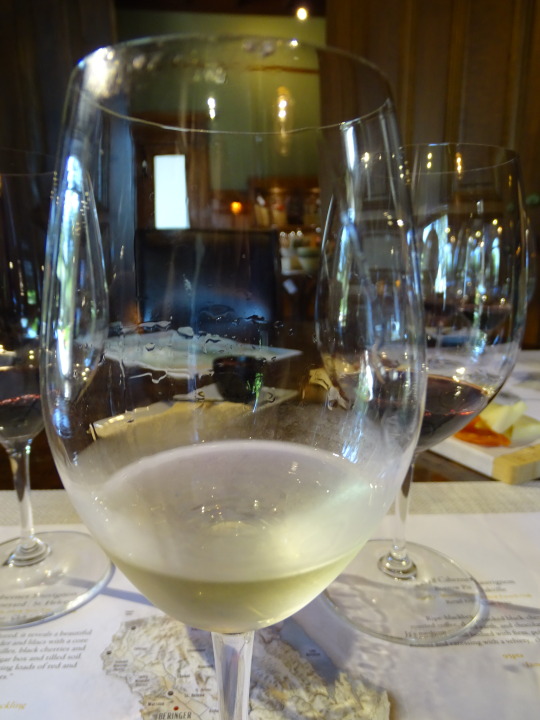
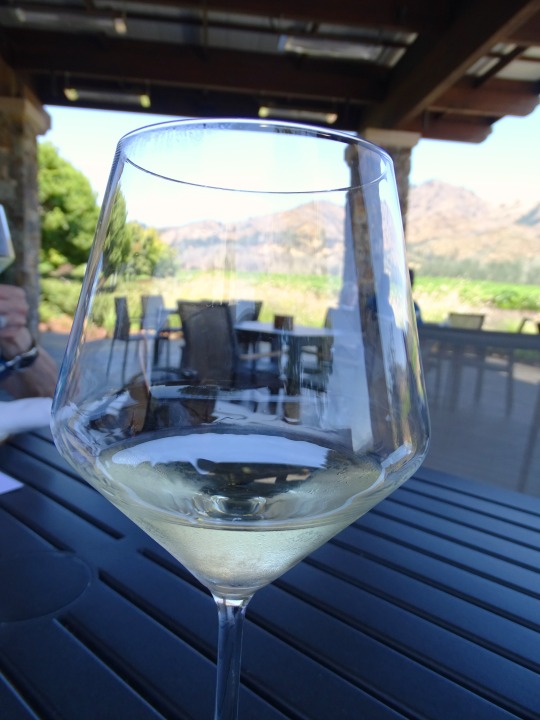
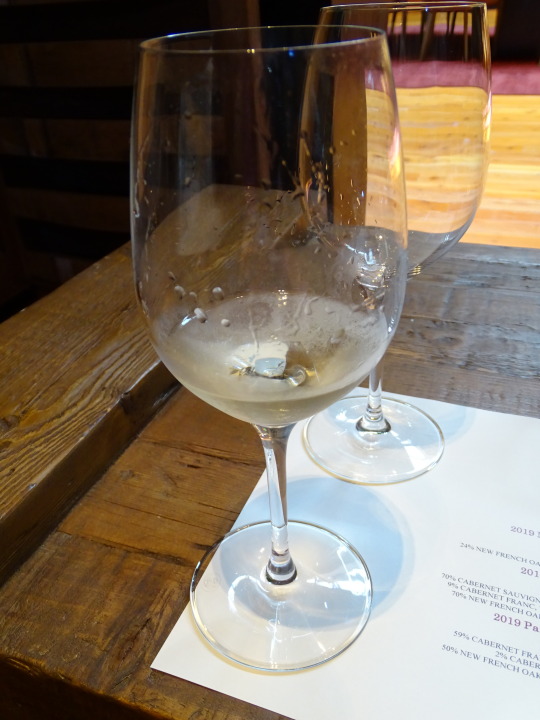
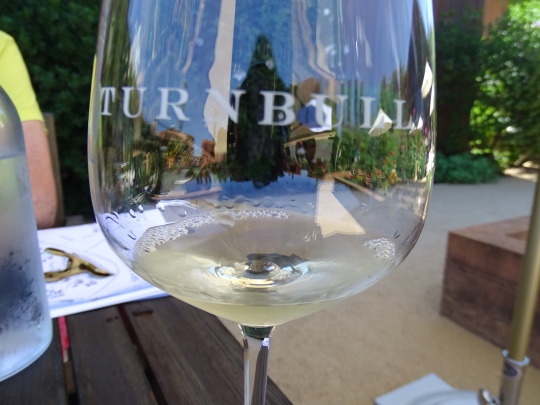
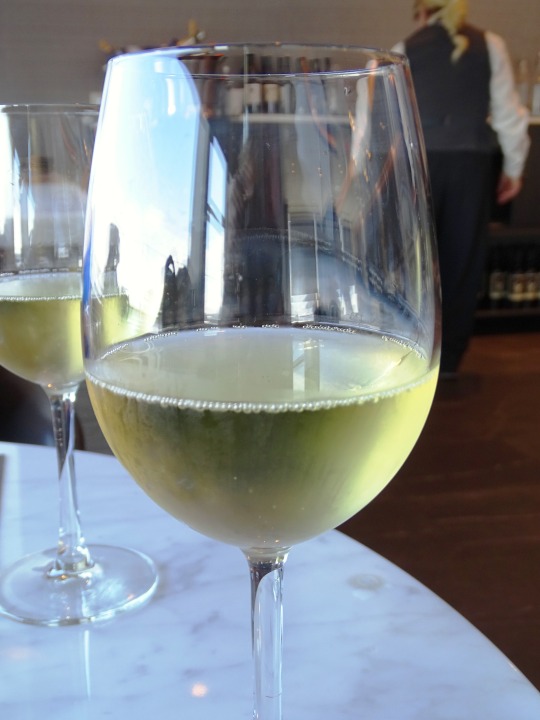
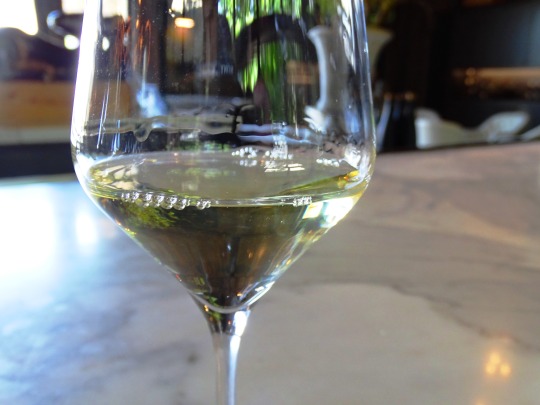
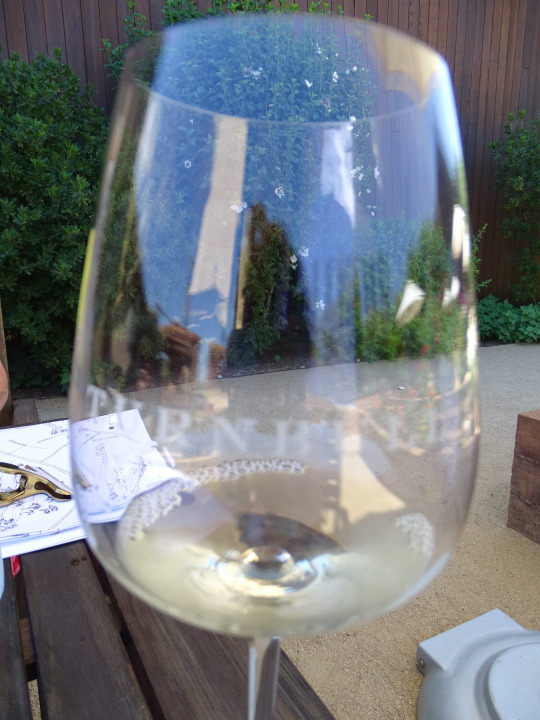
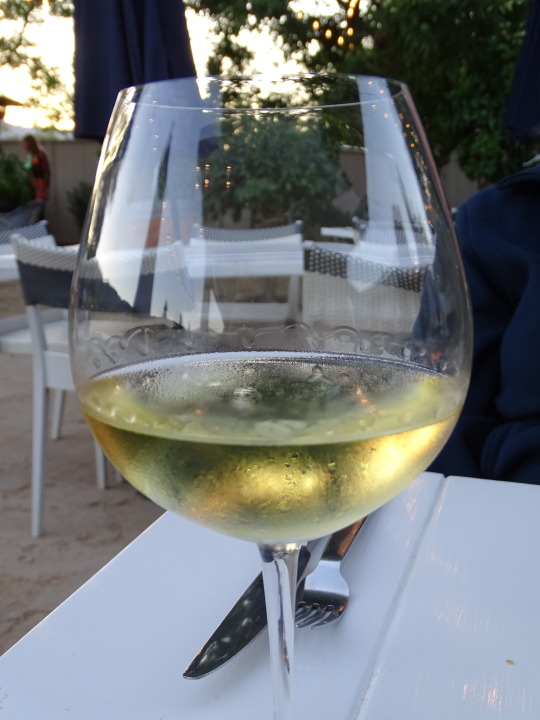
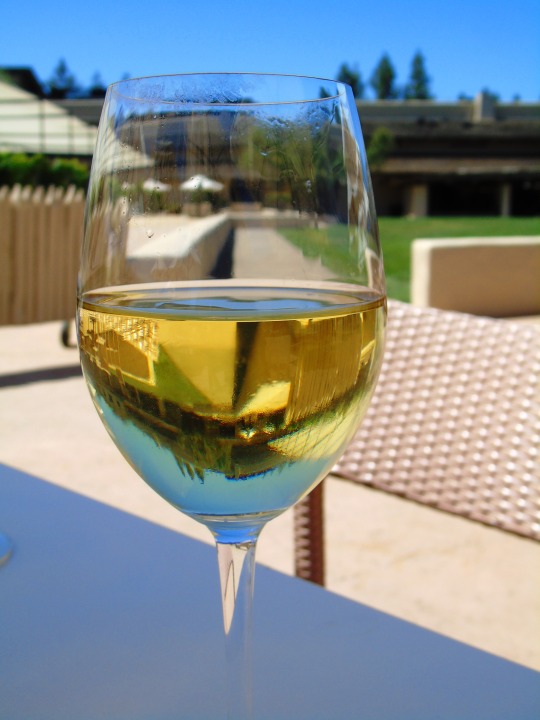
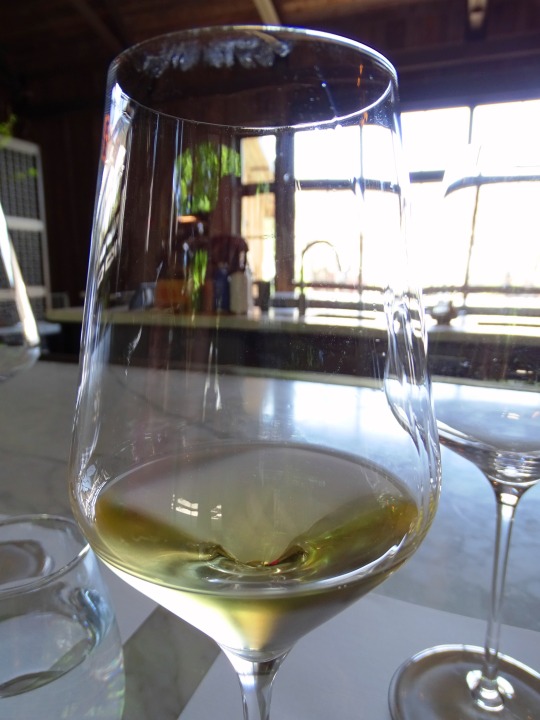
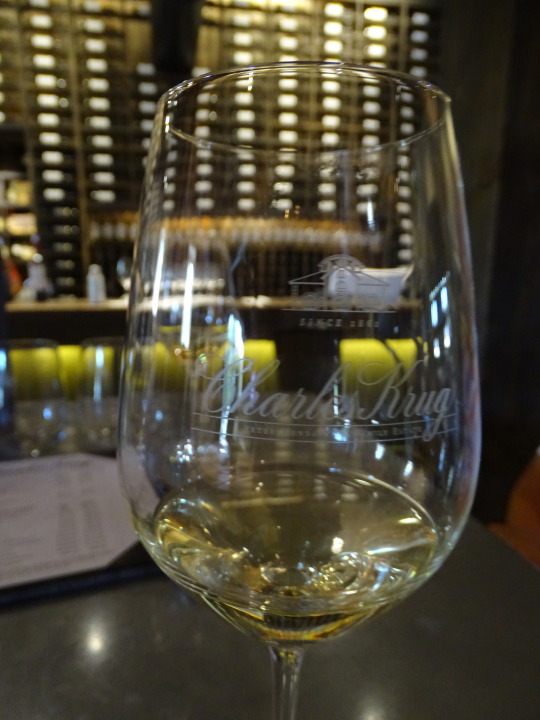
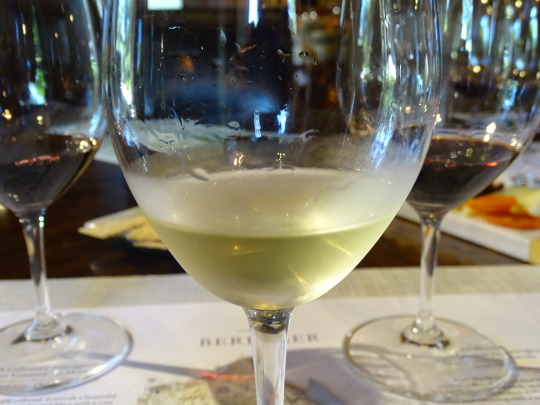
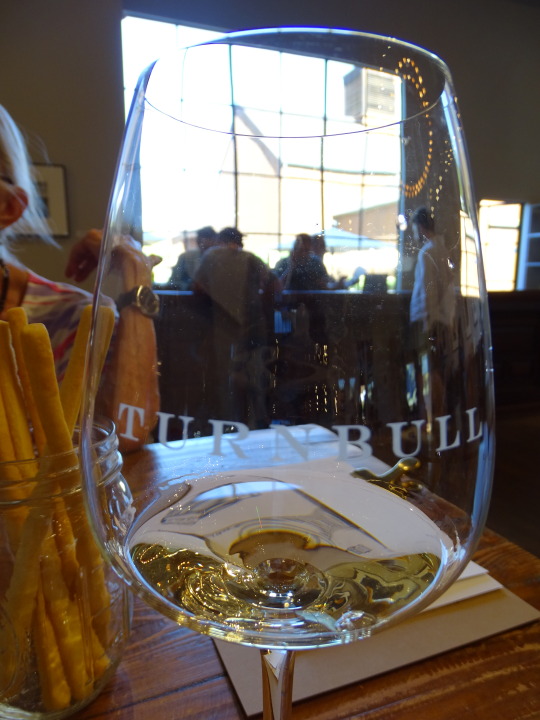
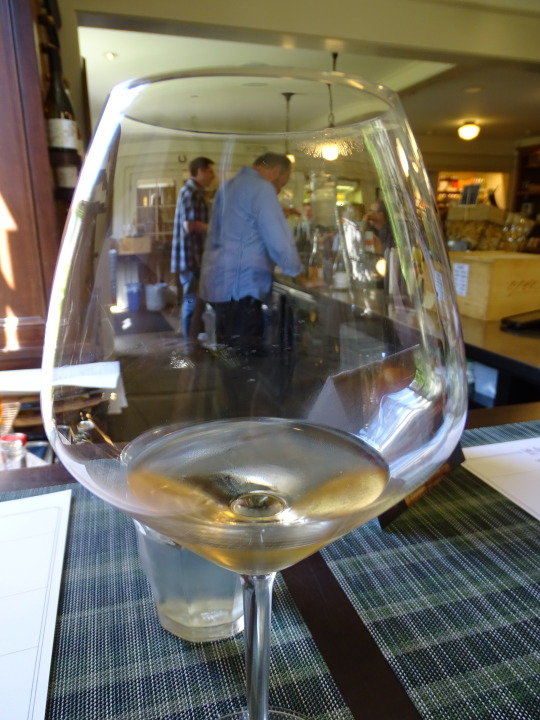
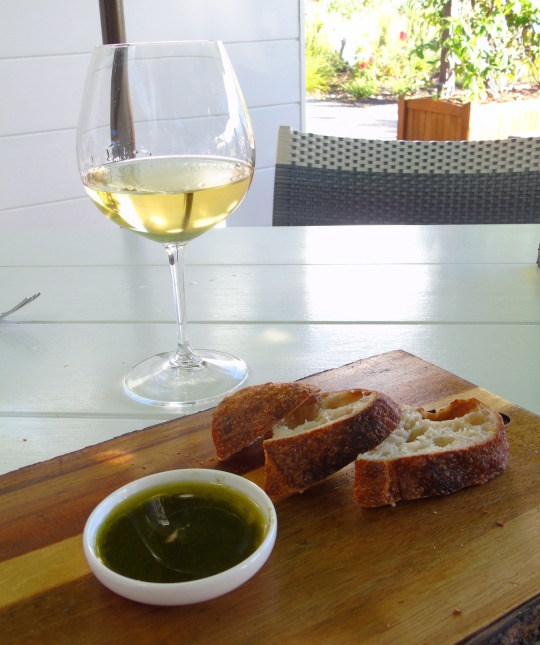
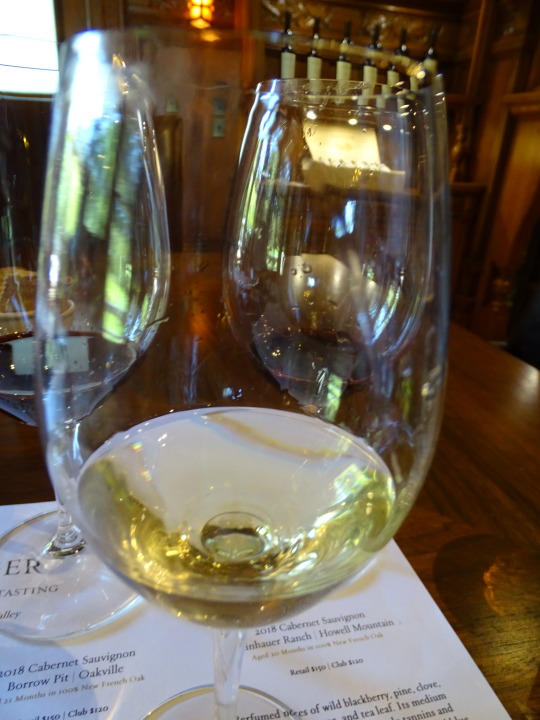
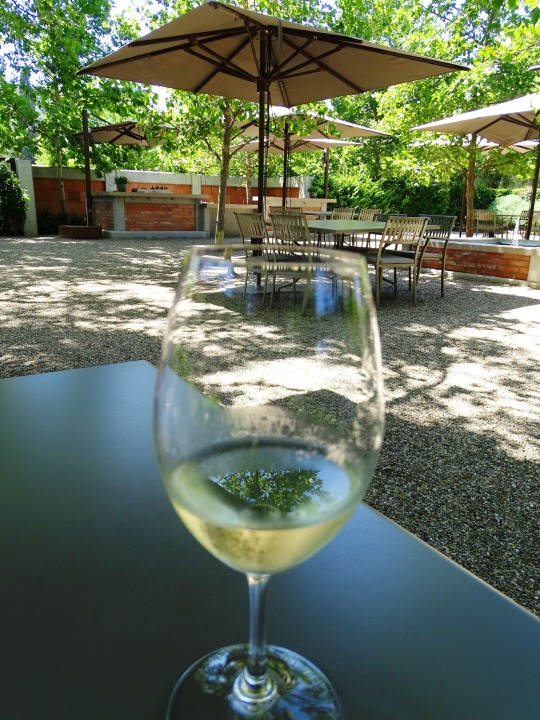
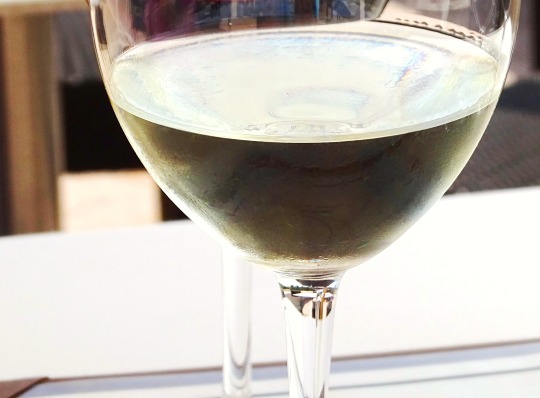
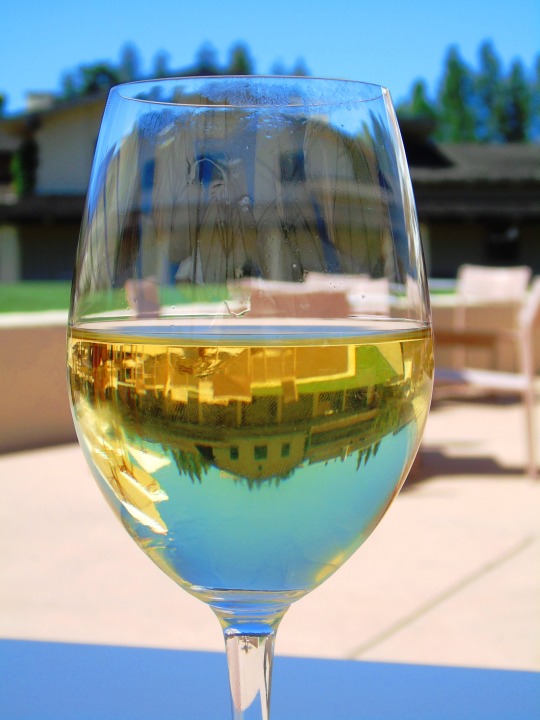
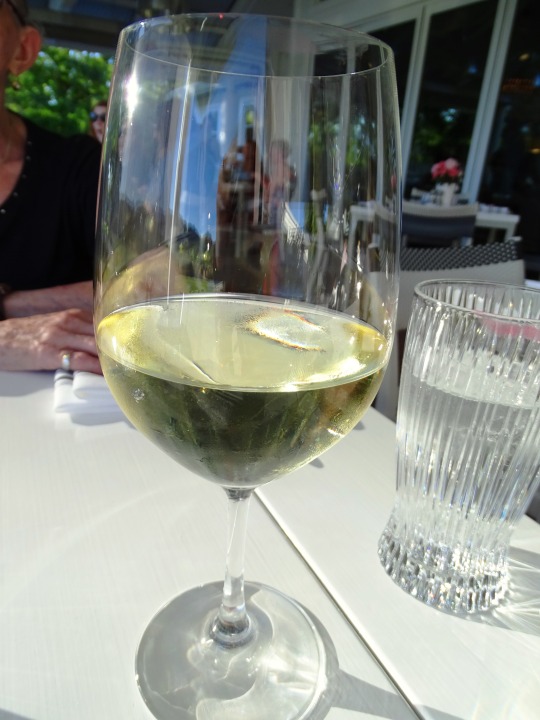
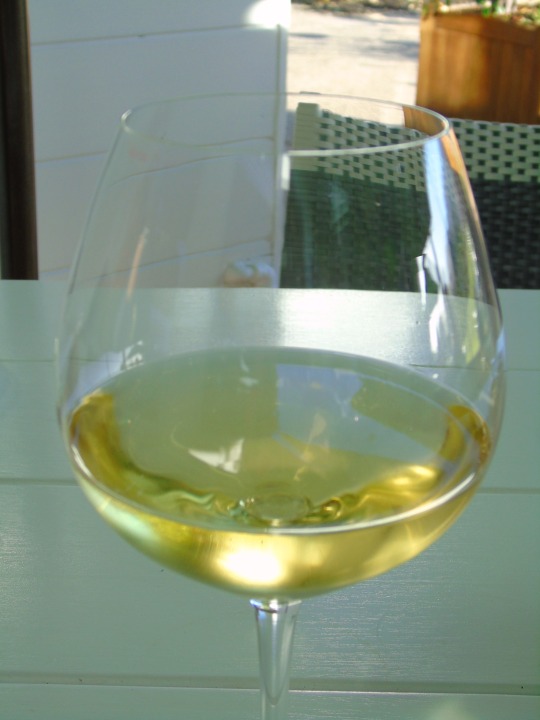
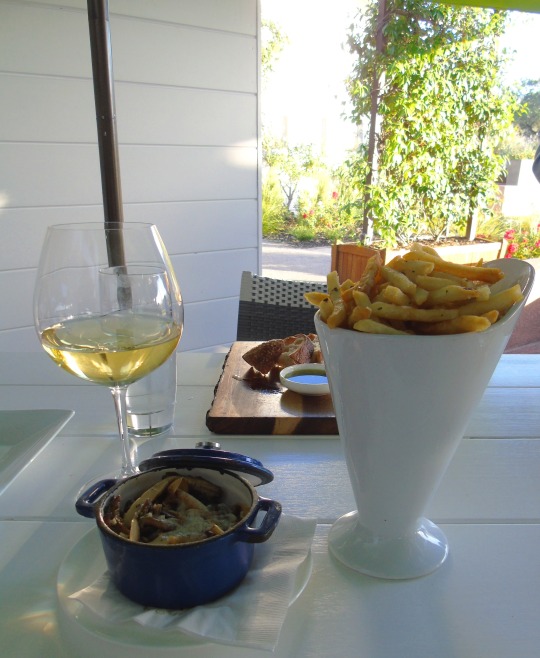
International Sauvignon Blanc Day
The French may have given the world the term terroir – the wonderful alchemy of influences from soil and aspect and climate and winemaking that creates the unique character of a wine – but on the other side of the world, New Zealand winemakers have found their own distinctive ‘magic’ place.
Tūrangawaewae (pronounced: too-runguh-why-why) means "my place" in Māori. It describes a uniquely New Zealand approach to winemaking that includes terroir but also embraces the surrounding landscape, the characteristic climate, and the history and spirit of a place and the people who make it their home.
As a concept that expresses connectedness and belonging to the land, tūrangawaewae is a creative force that is producing exciting new styles of New Zealand Sauvignon Blanc.
The rise of a modern classic
New Zealand is no stranger to innovations in wine. It is the place where a humble vine that grows in southwest France became a wine world superstar. Sauvignon Blanc likely derived its moniker from the french word “Sauvage,” meaning wild, as the vines are reminiscent of wild grapevines. As the adventurous young winemakers who planted New Zealand's first Sauvignon vines in the 1970s discovered, a happy combination of ideal climatic conditions and skilful viticulture and winemaking transformed the sauvage qualities of the grape into the characteristic "green" aromas and mouth-filling tastes of classic New Zealand Sauvignon Blanc.
Success at local and international wine competitions soon followed, along with a chorus of praise from international wine critics. By the early 1990s New Zealand Sauvignon Blanc was established as the global benchmark for the style and now accounts for over 85% of wine exported from New Zealand. It is a remarkable success story that is celebrated around the world every year and 3 May 2024 marks the fourteenth International Sauvignon Blanc Day.
Sauvignon classics to come
Although Sauvignon Blanc is grown throughout New Zealand’s 10 wine regions, the province of Marlborough is its undisputed heartland. Located in the South Island’s northeast where broad alluvial plains rise from the coast and are sheltered by mountain ranges, Marlborough's long and steady cool-climate growing season creates Sauvignons with impressive aromas, distinctive fruit characteristics and extraordinary purity and intensity of flavours.
Like the rest of New Zealand, Marlborough's geographically diverse landscapes are spectacularly beautiful and bountiful, and wine touring here and in every region is enhanced by vibrant communities of artisan producers and excellent restaurants and cellar doors. As you visit world-famous makers of classic Sauvignon in Marlborough and beyond you will also encounter newer producers of emerging styles whose wines are often less overtly powerful but wonderfully complex in the glass. And they are still unmistakably “New Zealand”.
So this International Sauvignon Blanc Day pour yourself a glass of New Zealand and experience our country through pure and vibrant flavours in our wines.
Did you know?
Sauvignon Blanc was commercially produced on our shores for the first time in the 1970s.
It is the country's most widely planted variety, and has established itself as New Zealand's flagship wine the world over.
Nationally, over 25,000 hectares of vineyard land are devoted to growing the grape.
Three-quarters of all Sauvignon Blanc is planted in Marlborough (22k+ ha), followed by Hawke's Bay (1k+ ha) and Nelson (0.6k ha).
Sauvignon blanc comprises 72% of New Zealand’s overall wine production — and it’s 86% of what we export to the rest of the world. Total production - 302,000 tonnes.
It's one of the parent grapes of Cabernet Sauvignon. The other? Cabernet Franc.
Sauvignon blanc is an excellent food-pairing wine. Depending on which style you’re pouring, you can roll with everything from Thai food and grilled chicken to salmon and pasta.
Source
#International Sauvignon Blanc Day#InternationalSauvignonBlancDay#first Friday in May#3 May 2024#Robert Mondavi Winery#Napa Valley#summer 2017#I love the first pic#Brix Restaurant and Gardens#don't drink and drive#olive oil#Beringer Vineyards#California#vacation#landmark#tourist attraction#travel#original photography#USA#Turnbull Wine Cellars#Brix Restaurant & Gardens#Kelleher Family Vineyard#Louis M. Martini Winery#Freemark Abbey Winery#St. Francis Winery & Vineyards#Ram's Gate Winery#Long Meadow Ranch - Rutherford Estate
0 notes
Text

Wine in the Making
What do you think about my pic?
#Brix Restaurant & Gardens#7377 St Helena Highway#Yountville#Napa Valley#Kelleher Family Vineyard#grape#flora#travel#original photography#vacation#tourist attraction#landmark#California#USA#summer 2023#West Coast#What do you think about my pic?#one of my favorite restaurants#wine in the making#photo of the day#fruit
1 note
·
View note
Text














International Cabernet Day
International Cabernet Day is celebrated on the Thursday before U.S. Labor Day, and this year it falls on August 31. It is a special day that is dedicated to one of the world’s most popular wines — Cabernet. There are two styles of Cabernet. There is Cabernet Franc, a heritage grape from Bordeaux that is grown throughout the world, and Cabernet Sauvignon, a cross between Cabernet Franc and the white Sauvignon Blanc grapes. Cabernet, being one of the world’s most popular red wine grape varieties, is grown in every major wine-producing region in the world.
History of International Cabernet Day
The idea for the International Cabernet Day came in 2010, when the NoCal and Twitter user, Rick Bakas, got a bunch of Napa Wineries together. Although it was initially started as a marketing tool, it quickly turned into a holiday.
Cabernet Sauvignon was developed by accident in the 17th century when a red Cabernet Franc grape plant bred with a white Sauvignon Blan grape plant in a French vineyard. Cabernet has been around for hundreds of years, but it is still pretty young compared to other wine varietals. Some people argue that it is a half-sibling to Merlot. So, if you have ever had trouble differentiating between a glass of Merlot and Cabernet Sauvignon, don’t feel bad! They are closely related and it is very difficult to tell the difference.
One surprising and sweet thing about Cabernet Sauvignon is that everybody loves it. Cabernet is a timeless classic. There is also a reason why Cabernet tastes great with anything on any occasion. Researchers studying the effects of taste and food on the tongue found that the tannins in Cabernet act as ‘scrapers’ for fats and proteins that collect on the tongue from the food you eat. So, any fatty and protein-rich food you consume with wine will be enhanced in taste with Cabernet.
Today, France is the largest producer of Cabernet Sauvignon in the world. With a whopping 126,000 acres of Cabernet grown in France, it is still the fourth most planted grape in the country.
International Cabernet Day timeline
1600s
The First Mention
Cabernet Sauvignon is mentioned for the first time in history.
1996
The World Learns About Cabernet Sauvignon
The world learns that Cabernet Sauvignon is the child of Cabernet Franc and Sauvignon Blanc.
1997
An Important Discovery
Researchers discover the natural cross grape from Cabernet Franc and Sauvignon Blanc.
2010
The First Official Holiday
Rick Bakas commemorates the first International Cabernet Day.
International Cabernet Day FAQs
What is the difference between Cabernet and red wine?
Red wines get their color and much of their texture and flavor from the grape skins. The thicker skins of Cabernet create a rich, concentrated, purple-black, full-bodied wine that does best in warm climates.
What is the difference between Merlot and Cabernet?
The main difference between Merlot and Cabernet is the levels of tannins and acidity. Merlot is typically in the middle for both tannins and acidity, whereas Cabernet is very high in both.
Is there a difference between Cabernet and Cabernet Sauvignon?
Cabernet Sauvignon is often referred to as just Cab, Cabernet, Cab Sauv, and many other names. One thing you need to know is that there is no grape called Cabernet.
International Cabernet Day Activities
Appreciate itThe best thing you can do to celebrate International Cabernet Day is by appreciating fine wine. Whether you like Cabernet or any other varieties of wine, appreciate it and enjoy the goodness.
Taste itIf you are looking for a sign to taste Cabernet and haven’t had this kind of wine before, today is the perfect day for first introductions. Invite your friends, family, and colleagues and make it a party.
Share itEven if you’re not much of a drinker, you can give Cabernet a try anyway. It is considered one of the tastiest wines by many. So, if you have any stories like these, share them on social media.
5 Cool Things To Know About Cabernet
It’s the most planted wine grape. Cabernet is the most planted wine grape in the world.
It involves heavy cash: Wineries in Napa Valley pay more for Cabernet Sauvignon grapes.
Stock market: Cabernet Sauvignon wines are tracked and traded like stocks.
It took over China too: Cabernet is one of the most important varieties in China too.
People notice it a lot: Cabernet is the most reviewed red wine variety in the Wine Spectator’s database.
Why We Love International Cabernet Day
It’s a day of appreciation: International Cabernet Day is a much-needed day that gives us all the time in the world to appreciate and honor one of the greatest wine varieties in the world. Try it today if you get a chance!
Everybody loves it: People love this wine! Its bold fruit flavors and smooth tannins are all brought together in a single sip and give the taster an exquisite experience.
It’s a time to unwind: International Cabernet Day is an opportunity to break away from the stress and all other hustles of the world to take some time for ourselves and enjoy life a little with a glass of wine. Who can say no to that?
Source
#Louis M. Martini Winery#Turnbull Wine Cellars#St. Francis Winery & Vineyards#Brix Restaurant & Gardens#Kelleher Family Vineyard#Beringer Vineyards#travel#original photography#vacation#tourist attraction#architecture#indoors#outdoors#St. Helena#Sonoma#Napa Valley#USA#California#summer 2023#red wine#don't drink and drive#wine tasting#International Cabernet Day#Thursday before Labor Day#31 August 2023#InternationalCabernetDay
1 note
·
View note
Text
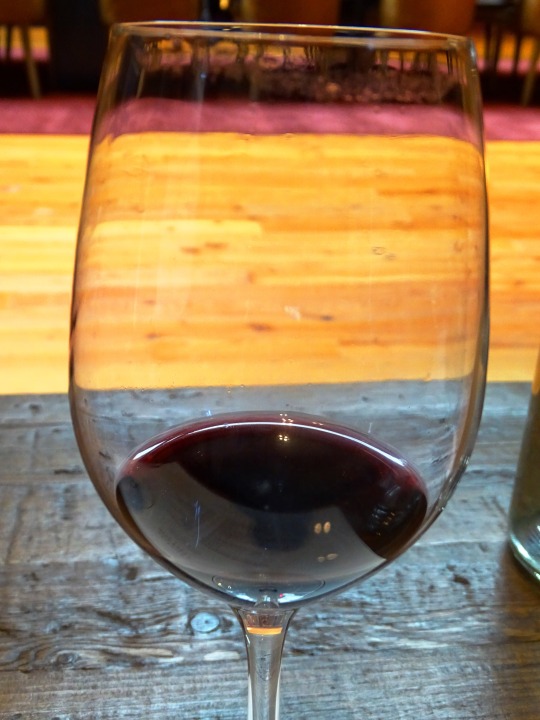
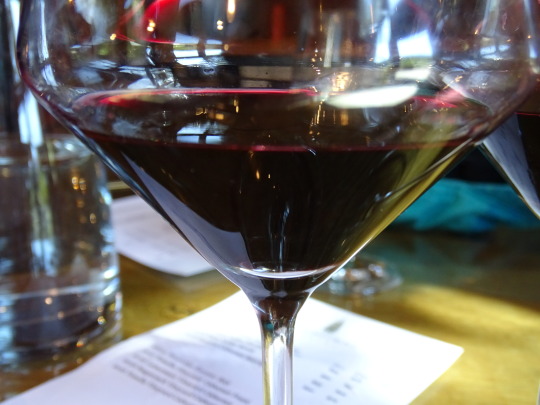
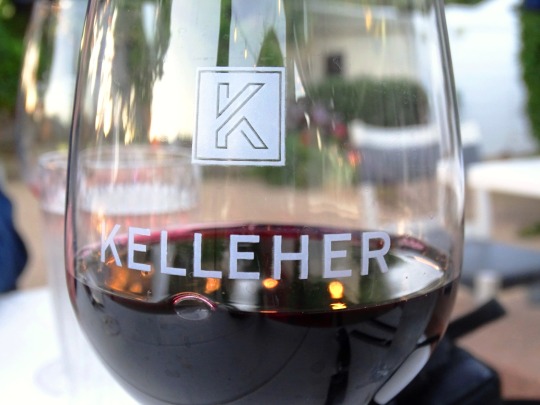

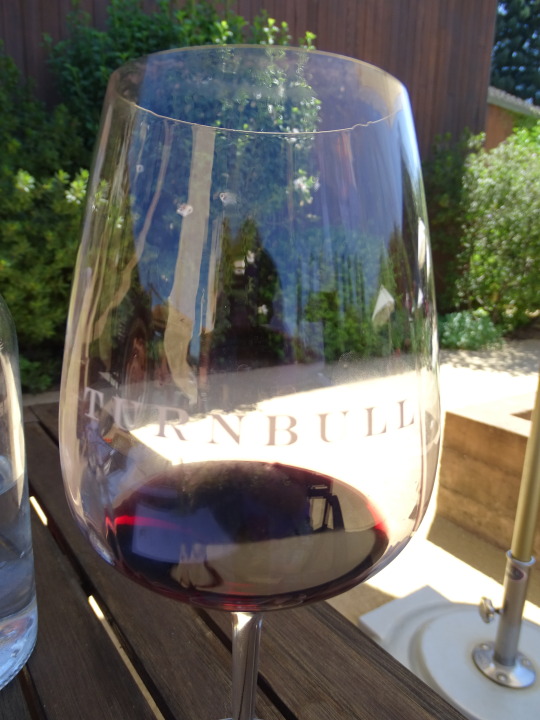
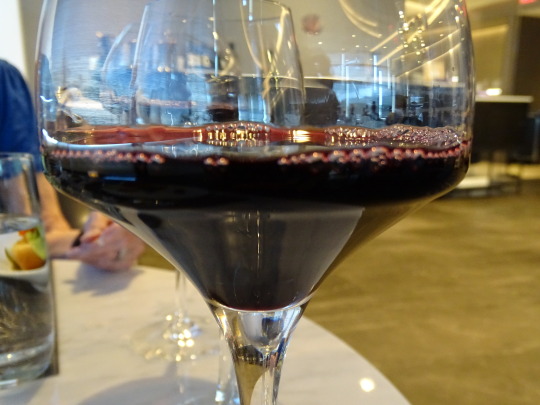



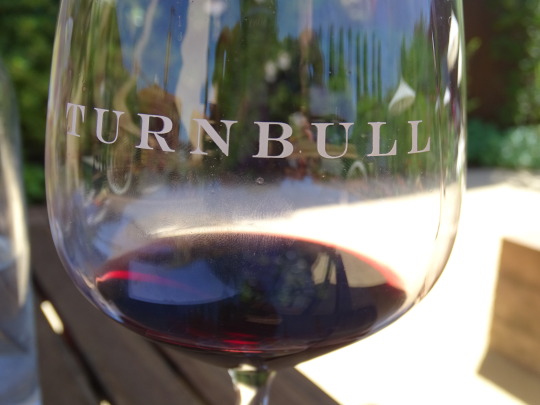
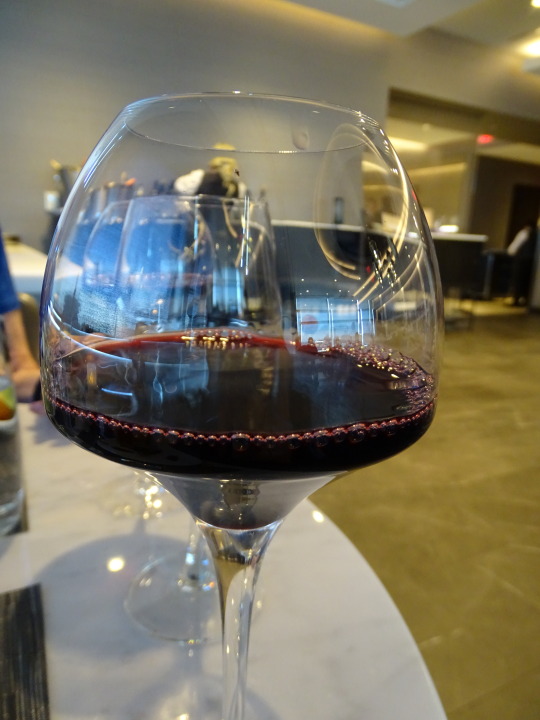

International Cabernet Sauvignon Day
The world celebrates International Cabernet Sauvignon day every year on August 30. This holiday honors the fine quality and the deep berry flavor that have come to define Cabernet Sauvignon wines. This grapevine variety dates back to the 17th century, the offspring of a chance crossing between the Cabernet Franc and Sauvignon blanc. Cabernet Sauvignon is now one of the most renowned grape varieties, and synonymous with class and refined taste. Overall, Cabernet Sauvignon deserves more than just a day to celebrate its enduring legacy.
History of International Cabernet Sauvignon Day
Red wine is perhaps one of the oldest beverages known to man. It’s no wonder that Pliny The Elder, a Roman historian, coined the phrase ‘In Vino Veritas’ which translates to ‘In wine, there is truth.’ Up until the mid-90s, most people believed that Cabernet Sauvignon was the renowned ancient Roman wine. Although today we understand the history of this grapevine variety and how it was created, the allure and mystique of Cabernet Sauvignon wine has not diminished.
In the 17th century, an accidental crossing of Cabernet Franc and Sauvignon blanc gave the world its first taste of what would later become a staple for wine lovers and winemakers alike. Then, in the 1800s, Cabernet Sauvignon saw its first rise in popularity, particularly in France. Winemakers were consistently looking for grapevine varieties that were resistant to weather changes and easy to grow. The rich and dark fruit flavor that characterized most Cabernet Sauvignon wines became highly sought after by wine enthusiasts, and the grape quickly rose to the status of noble grape.
The Bordeaux wine region became the hub of Cabernet Sauvignon production. Nowadays, this variety is produced by most wine-producing regions. Today, France, Italy, the U.S., and many Latin American countries are among the top producers of Cabernet Sauvignon. In 2009, marketing guru, and Cabernet Sauvignon aficionado, Rick Bakas organized the first International Cabernet Sauvignon day. The purpose of the celebration is to bring together the community of Cabernet aficionados and winemakers. Several countries, including Mexico, Canada, and South Africa, began observing this day shortly after.
International Cabernet Sauvignon Day timeline
17th Century First Cabernet Sauvignon Is Created
An accidental crossing of two grapevine varieties creates the first Cabernet Sauvignon.
1820s Rising Popularity
Cabernet Sauvignon becomes a grapevine of choice by producers in Europe.
1880s Oldest Cabernet Sauvignon Planting
Penfold’s establishes Kalimna Block 42 in South Australia, the oldest Cabernet Sauvignon planting to date.
2009 First Cabernet Sauvignon Day
Rick Bakas organizes the first International Cabernet Sauvignon Day in the U.S.
International Cabernet Sauvignon Day FAQs
What is special about Cabernet Sauvignon?
Cabernet Sauvignon is considered one of the noble grape varieties, grown internationally and preferred by consumers. It is also easy to grow and resistant which makes it relied upon by many producers.
Why is it Called Cabernet Sauvignon?
The Cabernet Sauvignon grapevine is the offspring of Cabernet Franc and Sauvignon blanc. Sauvignon is believed to be derived from the French word ‘Sauvage,’ meaning ‘wild.’ Cabernet Sauvignon would translate as Wild Cabernet.
What does Cabernet Sauvignon taste like?
Cabernet Sauvignon has several sub-varieties and has been crossed with other grapevines, giving several distinctive tastes. Generally, Cabernet Sauvignon wines have dark fruit undertones of black cherry, and sometimes green bell pepper. Cabernet Sauvignon wines can also have a wood and vanilla aroma, as it is aged in oak barrels.
International Cabernet Sauvignon Day Activities
Invest in a quality vintage
Read about the history
Go to cabernet sauvignon tasting or wine country
Although Cabernet Sauvignon wines are generally associated with fancy restaurants and expensive wine retreats, they are not always as expensive. Grab a bottle of a budget-friendly Cabernet Sauvignon blend and enjoy good company on this holiday.
The history of Cabernet Sauvignon is essentially that of modern wine culture. This variety is not the oldest in the world but is an essential one. Reading about its history can be a fruitful and engaging experience for wine lovers.
Cabernet Sauvignon is one of the most popular grapevine varieties among wine lovers and producers alike. So, it wouldn’t be difficult to find a wine estate or tasting dedicated to Cabernet Sauvignon vines.
5 Interesting Facts About Cabernet Sauvignon
Most widely planted grape vine
France is the top producer
Cabernet Sauvignon is a relative of Merlot
Its origins were discovered in 1996
Higher levels of aroma compounds
Cabernet Sauvignon is the most widely planted grapevine in the world, surpassing the Spanish variety Airén in 2014.
France has always been a center of wine production and is the largest producer of Cabernet Sauvignon with over 55,000 hectares.
It is often blended with Merlot, and most people can hardly tell the difference between the two.
A group of scientists at U.C. Davis used D.N.A. typing for the first time to study the parentage of Cabernet Sauvignon, which had previously been obscure
Cabernet Sauvignon is noted for higher levels of pyrazine, an aroma compound, which is why Cabernet Sauvignon wines have a rich dark fruit flavor.
Why We Love International Cabernet Sauvignon Day
It is a staple wine
It has health benefits
It pairs well with food
Cabernet Sauvignon is often regarded as one of the best wines. It is indeed a necessity for every wine lover. It is, without a doubt, a must-have for any wine enthusiast. If you're not sure what wine to try, Cabernet Sauvignon is almost always a good bet.
Cabernet Sauvignon is noted for its health benefits. Other than aiding the digestion process, and blood circulation, moderate amounts of red wine, particularly Cabernet Sauvignon, can also reduce risk factors associated with Alzheimer’s.
As with most wine varieties, pairing with food certainly complements the culinary experience. Cabernet Sauvignon is widely paired with a variety of foods from steaks, mushrooms, and different kinds of cheese.
Source
#International Cabernet Sauvignon Day#30 August#InternationalCabernetSauvignonDay#Turnbull Wine Cellars#Brix Restaurant & Gardens#Kelleher Family Vineyard#Beringer Vineyards#Louis M. Martini Winery#Sequoia Grove Winery#Merchant logo#Freemark Abbey Winery#St. Francis Winery & Vineyards#Napa Valley#Sonoma#California#wine tasting#summer 2023#travel#original photography#vacation#tourist attraction#don't drink and drive
1 note
·
View note